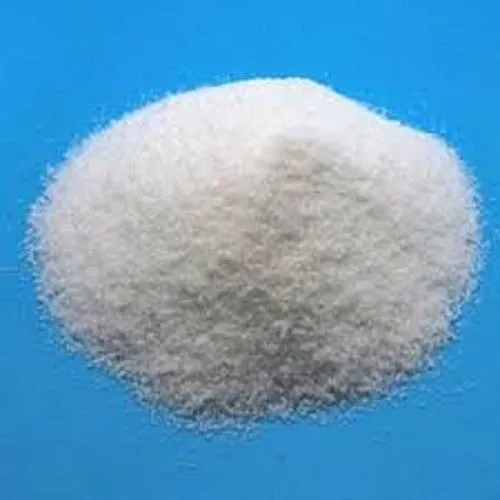


Effective Use of 53.8% Glyphosate for Optimal Weed Control Solutions
The Debate Surrounding Glyphosate Understanding Its Use and Impact
Glyphosate, a broad-spectrum systemic herbicide, has been a topic of heated debate for many years. As the most widely used herbicide globally, its application affects agriculture, ecosystems, and human health. The figure 53.8% often refers to the concentration of glyphosate in various formulations, signaling its potency and widespread usage in farming and industrial practices.
Developed by Monsanto in the 1970s and marketed as Roundup, glyphosate was initially hailed as a revolutionary herbicide. Its ability to kill annual weeds and perennial weeds without harming crops made it particularly attractive for agriculture. Farmers found that glyphosate offered a practical solution to weed management, leading to its rapid adoption. Today, it plays a crucial role in the production of many crops, most notably genetically modified organisms (GMOs) that are engineered to be resistant to glyphosate.
The Debate Surrounding Glyphosate Understanding Its Use and Impact
However, the increasing prevalence of glyphosate has also led to significant concerns. One of the central issues is its potential impact on human health. In 2015, the International Agency for Research on Cancer (IARC), part of the World Health Organization, classified glyphosate as probably carcinogenic in humans. This classification stemmed from studies indicating a possible link between glyphosate exposure and certain types of cancer, such as non-Hodgkin lymphoma. The decision sparked considerable backlash from agribusiness and the agricultural sector, which argued that the evidence was insufficient and that glyphosate was safe when used according to guidelines.
53.8 glyphosate

In addition to health concerns, glyphosate has been implicated in environmental issues, particularly its effects on biodiversity. Studies have indicated that its use can negatively impact non-target plant species and disrupt local ecosystems. Aquatic ecosystems are vulnerable, as glyphosate runoff can enter waterways, leading to potential harm to aquatic life. Therefore, while glyphosate has contributed to agricultural productivity, it has also raised alarms about the sustainability of its use.
The implications for wildlife are particularly alarming. Research has shown that glyphosate can affect pollinators, birds, and other wildlife populations, disrupting food chains and ecosystems. The decline in bee populations, for instance, has been linked to pesticide exposure, including glyphosate, raising concerns about the future of crops that rely on these critical pollinators.
The agricultural industry is now at a crossroads. With increasing scrutiny, some farmers are seeking alternatives to glyphosate, exploring integrated pest management (IPM) practices that incorporate mechanical weed control, cover cropping, and the use of organic herbicides. These methods aim to reduce reliance on synthetic chemicals while promoting sustainable farming practices. However, these alternatives may also come with challenges, such as increased labor costs and potentially lower yields in the short term.
Regulatory responses to glyphosate's use vary widely across the globe. Some countries have enacted bans or restrictions on its use, while others maintain a more lenient stance. In the United States, the Environmental Protection Agency (EPA) has concluded that glyphosate is safe when used according to label directions. Conversely, the European Union has implemented stringent regulations governing its use, reflecting growing public concern.
In conclusion, the debate surrounding glyphosate, particularly concentrations like 53.8%, encapsulates a complex interplay of agricultural productivity, public health, and environmental stewardship. As society grapples with the realities of modern agriculture, it is essential to strike a balance between the benefits of glyphosate and its potential risks. Ongoing research, regulatory oversight, and public discourse will play crucial roles in determining the future of glyphosate and its place in sustainable agriculture. Farmers, scientists, and policymakers must work together to navigate this challenging landscape while prioritizing both food security and environmental health.
-
Uncover the Benefits of Sodium ChlorateNewsJun.24,2025
-
Sodium for Sale: Your Essential ResourceNewsJun.24,2025
-
Raw Materials in Chemical IndustryNewsJun.24,2025
-
Potassium Hydroxide: Versatile Solutions for Your NeedsNewsJun.24,2025
-
Organic Pesticides and Chemical Raw Materials: Building a Sustainable FutureNewsJun.24,2025
-
Discover Premium Chlorine Tablets TodayNewsJun.24,2025
-
Zinc for Sale: Your Essential ResourceNewsJun.04,2025


















